First off, tell us a little about your latest project, The Quest for the Man on the White Donkey. How and why did this series come about? And most importantly, who is the man on the white donkey, so to speak, and what does he represent?
Yaakov ISrael (YI): I use photography as a means to tell a story. I am deeply interested in history and geography and the way they shape our reality. I find literature evocative and love the way stories affect the way I experience and see the world. I enjoy being out in the world not knowing who I will meet and what I will stumble on. I see myself as a visual collector and a contemporary storyteller. Photography is the excuse and the means for me to experience life, create visual memories of things I think are important and look at things in a way that I could not without the camera. The Quest for the Man on the White Donkey naturally evolved out of my earlier projects. Since I started using photography I was always intrigued by the way it could describe reality, as time passed by I understood that this was a power I wanted to use.
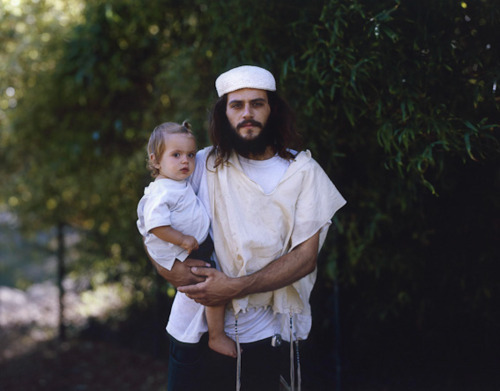
© Yaakov Israel from the series 'The Quest for the Man on the White Donkey'
In my first photographic project South West Jerusalem I tell the story of a relatively small place, a few neighborhoods in Jerusalem. This story is specific and local to Jerusalem but in a way it reflects on the Israeli society at large, because these kind of neighborhood exist in every city in Israel. As I am the type of person who likes to work over a long period of time on each project. I started a new project while I was still working on South West Jerusalem. I remember clearly thinking that I wanted to deal with wider aspects of the Israeli reality and tell a story that would happen in a wider territory – the whole country. At that time I started toying with the idea of a journey. I was thinking about the pilgrimages to the holy land that happened throughout history, reading a lot about adventures and journeys and teaching photography, in this last activity I found myself talking a lot about the great photographic journeys from the first topographers, Jackson and Osalivan to Robert Frank and the Americans, Stephen Shore and Joel Sternfeld etc. All these thoughts pushed me out on the road. The fact was I didn’t really know my country that well. I knew the big cities but as a commuter not a driver, so I thought it was about time to go out and discover my country.
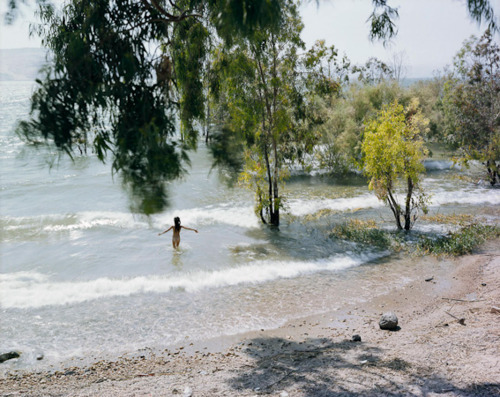
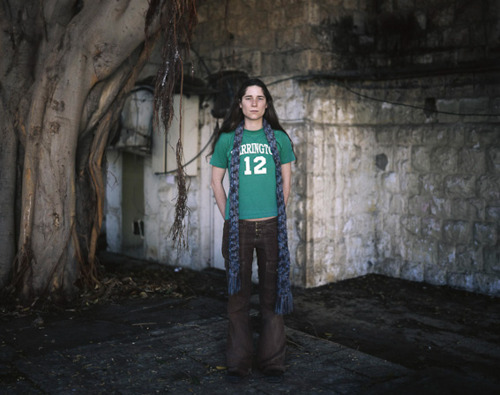

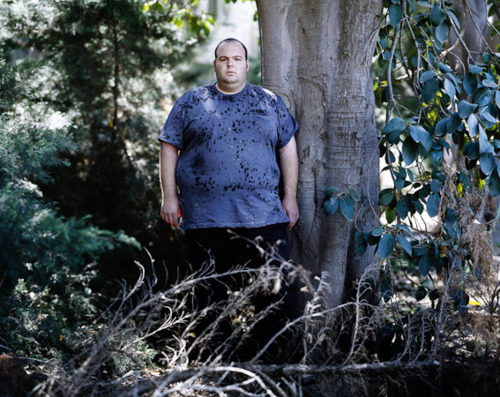

© Yaakov Israel from the series 'The Quest for the Man on the White Donkey'
I was making these journeys every now and then for at least 2 years before I met the man on the white donkey. I knew that I was interested in telling a story that combined the social, political and religious aspects in the Israeli reality as I experienced them but up until then I couldn’t visualize or verbalize the project. The day the man on the white donkey rode past me was the changing point in the way I understood my subject and the aspects that could emphasize it. It was a very hot day, around 45 degrees Celsius in the Judean Desert. I was already photographing for over 5 hours when I saw a man on a white donkey slowly come out of the heat waves heading my way. I carried the camera into the shade of a tree and waited for him to come closer. It took about 15 minutes for him to reach me. As I waited the thought that I was hallucinating or suffering from sunstroke crossed my mind, but I stood my ground. He stopped his donkey 2 meters from me and we greeted each other. The whole encounter had a biblical feel to it. In the Jewish tradition the Messiah is supposed to arrive on a white donkey and here in the middle of nowhere the white donkey was heading towards me with a Palestinian farmer on its back. At that point I just asked the farmer to pose for a portrait. He agreed without hesitation and I went about making the portrait. It seemed that the donkey didn’t stop moving for a second and I was focusing and re focusing. I shot 3 plates thinking I would be lucky if one came out sharp. After developing the plates I was amazed that all were sharp! The more I thought about that encounter I was sure I shouldn’t overlook it. Somehow it connected the geographical journey, the mental journey and the religious journey in one. I understood that these three aspects were not merely things to talk about, they really existed if I was patient enough to wait for them and really look and see them. They blend together in everyday life in a way that is so much a part of the Israeli existence. As time passes i better understand how each little thing is important.»
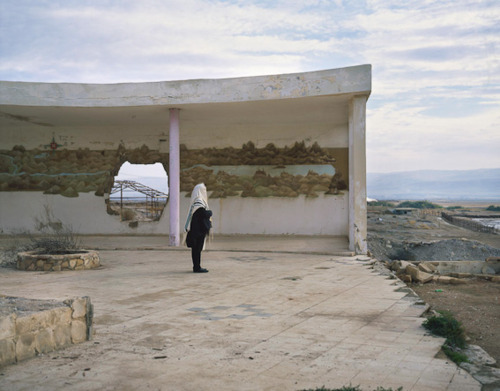
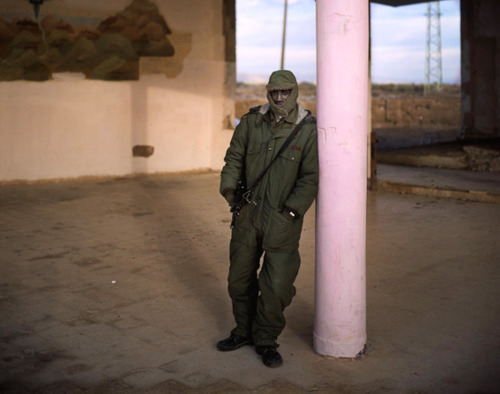
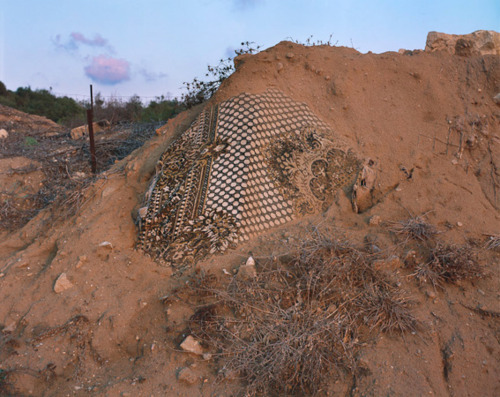
© Yaakov Israel from the series 'The Quest for the Man on the White Donkey'
Among many of your architectural and landscape photographs, you’re able to personify the environment around you; so much so that some photographs seem to breath, and others seem to cry. It’s clear that you have a close relationship to the things you photograph. The title of your Artist statement reads, “When the land speaks.” What is it that you hear?
YI: I am a great believer in personal biography and the way it affects everything we do. I always choose topics to work on that fascinate me. My subjects up to now have always been related to aspects of my life and my reality. Things I wanted to investigate and understand better. I personally think that the energy I send out into the world comes back to me when photographing. Sometimes I think things start to happen as a result of me being there.
One of the things I love about the 8x10 format is that it really makes you look at your subject. As everything I look at asks to be represented in a certain way I’m always thinking of this and I always try to make sure that I really listen to my subject. I am very interested in the way photography can in a way accumulate time, and I try to understand how to show the layers of time in my subjects. There is also some kind of decisive moment, not the Cartier Bresson one, but in a different kind of way. Even when taking a photo of a building I always wait for the moment it all comes together. At the right moment to capture the image the land actually tells me when to press the shutter. I use long exposure times always hoping for something unforeseen to happen at the photographic moment. I have been working on this project for over 9 years now. I’ve become so intimate with my topic that but I can only hope that it must somehow reflect outwardly.
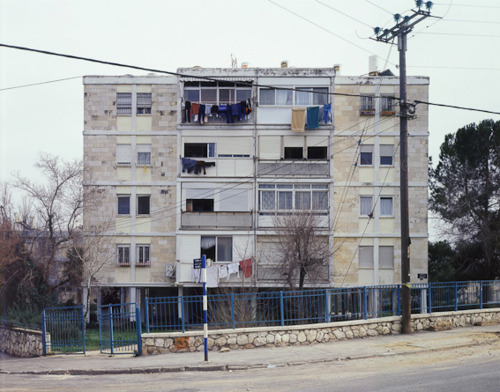

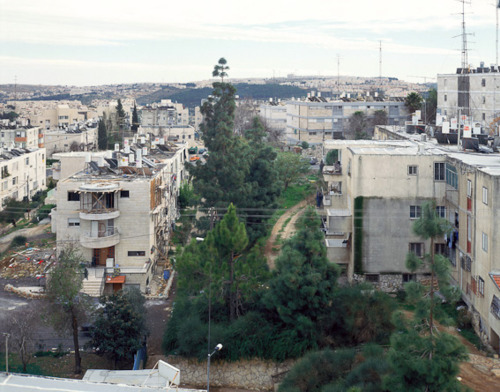

© Yaakov Israel from the series 'South West Jerusalem'
In the world, we hear a lot about social and political turmoil that centers around Israel, particularly with its relationships with surrounding cultures. Do you feel that these conflicts play a big part in shaping Israeli identity? Or your own for that matter? Is this something you are conscious of when photographing? Or do you feel that it is of no consequence and that Israel’s state of affairs is largely exaggerated by outside media?
YI: For me there is no one way to understand the political on-goings in Israel, even though I’ve been living here all my life and been very much part of this culture I still can’t understand what is really going on. It’s a country of many paradoxes and often we find ourselves agreeing with something and then a day later disagreeing with it.
I believe in personal encounters. In a face to face meeting most people respect each other and go out of their way to be kind no matter what religion or nationality they are part of. While working on this body of work I have come to understand that there is a lot that I don’t understand but that regardless of the conflicts there are a lot of amazing people out there. The political situation and the way it affects me and all the people that live here are things that are constantly on my mind and this is definitely reflected in the work.
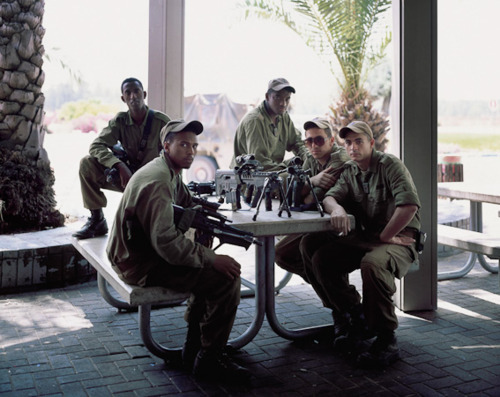
© Yaakov Israel from the series 'The Quest for the Man on the White Donkey'
What’s next for you, photographically or otherwise, over the next year?
YI: I am extremely exited as 2 important events are going to happen in the very upcoming year: On September 18 an exhibition of my work from “The Quest for the Man on the White Donkey” will open at ‘Oslo 8’ gallery in Basel, Switzerland. This will be the first big scale solo exposure of this body of work outside of Israel. And in the Spring of 2012 “The Quest for the Man on the White Donkey” will be published as a book by Maarten Schilt of Schilt publishing in Amsterdam.
Last but not least, what’s your favorite color?
YI: This is probably the hardest question to answer simply. I can’t finger point my favorite color like I used to when I was a child. For me today color preference goes hand in hand with light. The sun in Israel is very strong and this is a characteristic that affects the coloring of everything. So actually the light is the medium I look through to see color and I don’t accept color as something that is clear cut, for me it is a variable. I look for the colors to create a certain pattern that makes a new order in space or highlights the story I want to tell.
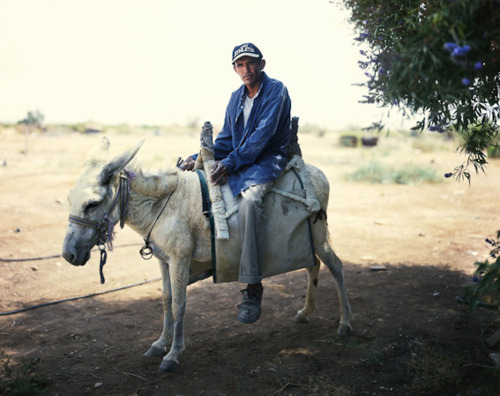
© Yaakov Israel from the series 'The Quest for the Man on the White Donkey'
---
LINKS
Yaakov Israel
Israel
share this page
